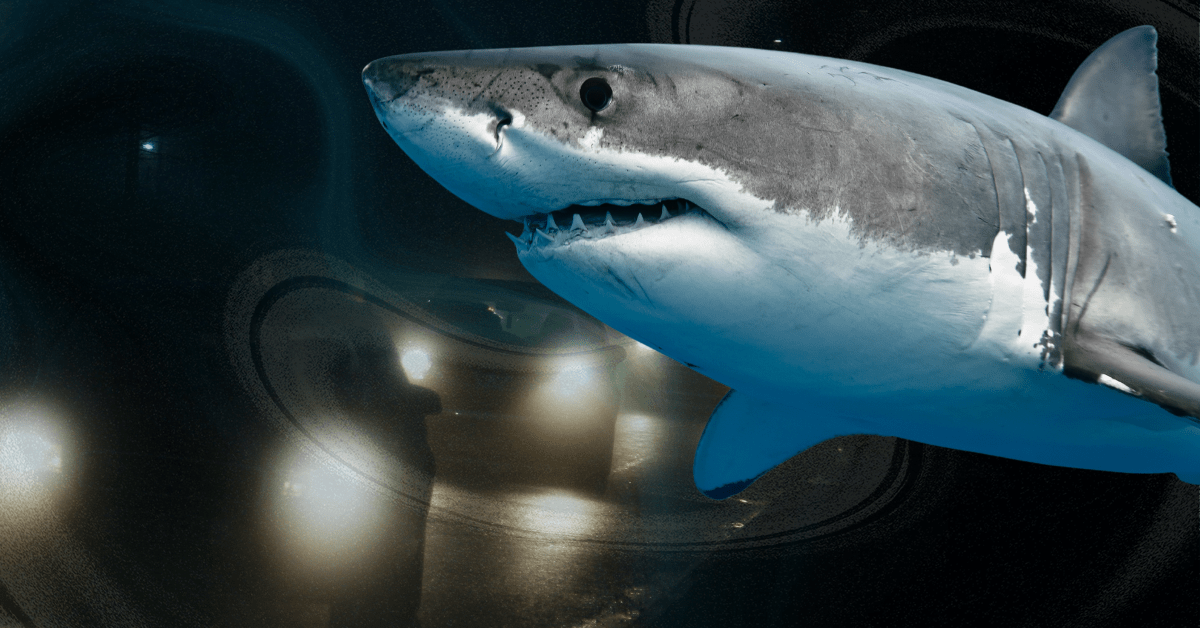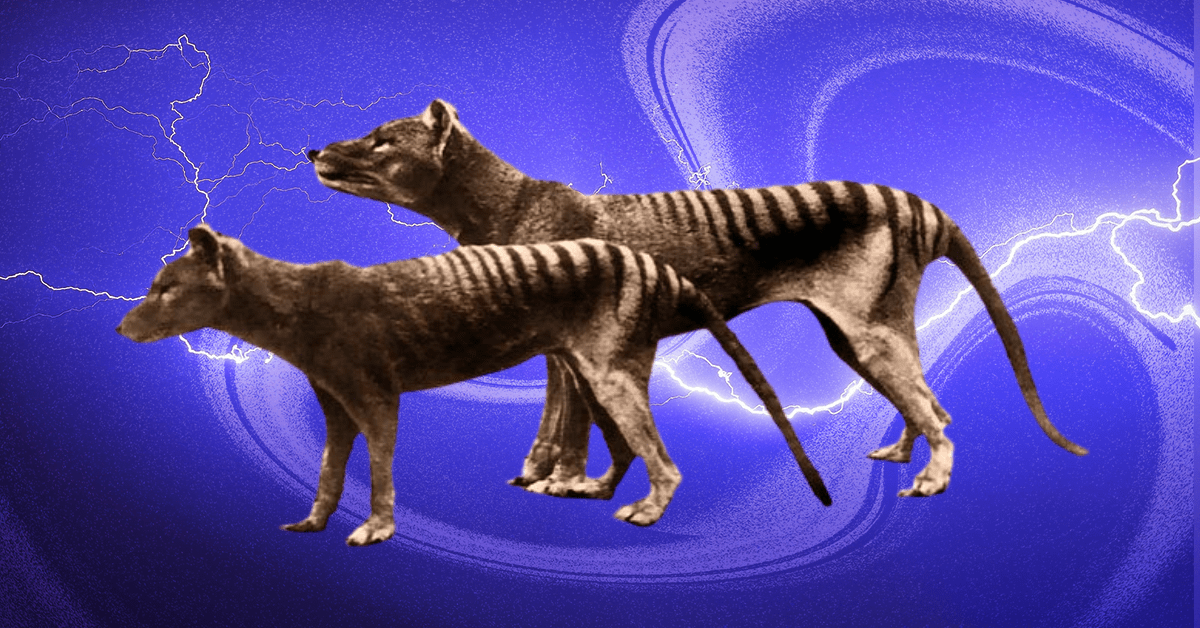As the final (?) Indiana Jones installment hits theaters this evening, archaeologists are still processing their complex relationship to their field’s de facto mascot.

On one hand, Harrison Ford’s character spotlighted archaeology, drawing in a new generation of history fiends.
- The Archaeological Institute of America once gave Ford an award for “stimulating the public’s interest in archaeological exploration,” per National Geographic.
On the other, the franchise evoked a warped view of the business; Dr. Jones’ methods and morality are questionable, at best, by today’s standards.
- Actual field work — careful, tedious, minimal Nazi punching — just doesn’t square with the whip-toting dramatization.
One thing everyone can agree on
Archaeology is ready for its latest post-film boom, and its next crusade is being led, and sped, forward by technological advancements:
- The preservation of Baiae, an ancient sunken city known as the “Las Vegas of the Roman Empire,” is on AI’s watch, per MIT Technology Review. A complex underwater monitoring network captures environmental data, processes it, and transmits real-time analysis to the surface.
- Researchers at Sweden’s Lund University plan to use machine learning to determine the age of long-dead organisms. Today, ~50% of all published ancient genomes are unreliably dated, per Verdict; the Swedish team believes its new model will more accurately date remains.
- Australian researchers are using AI to analyze ancient rock art — and helping them find it, too. Per The Art Newspaper, the model has been 89% accurate at delineating faded, barely-there paint from bare rock surfaces.
- Archaeologists employed similar tricks to discover North America’s largest cave paintings in Alabama, per Artnet News. 3D photogrammetry tech identified faint works of art that had previously eluded the human eye.
BTW: Photogrammetry, which builds intricate 3D models from photos, alone could rapidly accelerate discovery. Artnet News detailed one team capturing 2k years of ancient graffiti in an Egyptian temple, “achieving work that usually takes years in a matter of days.”
Science And Research











